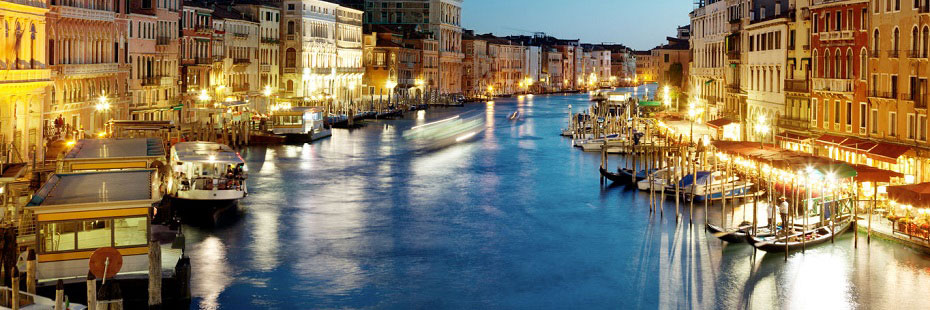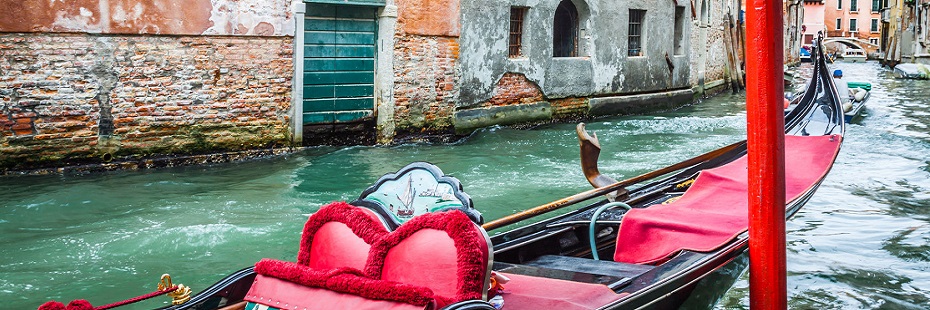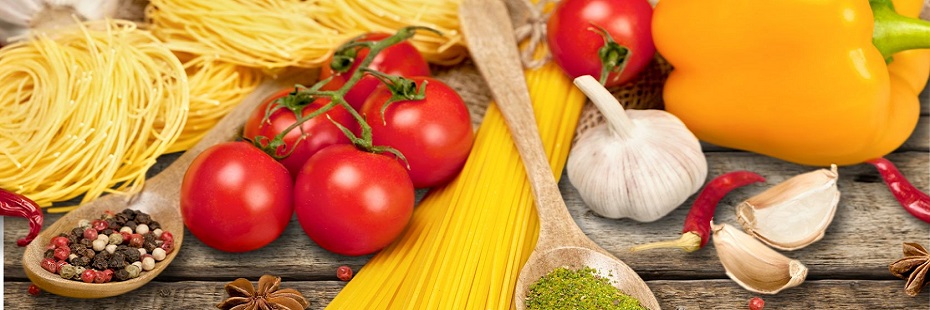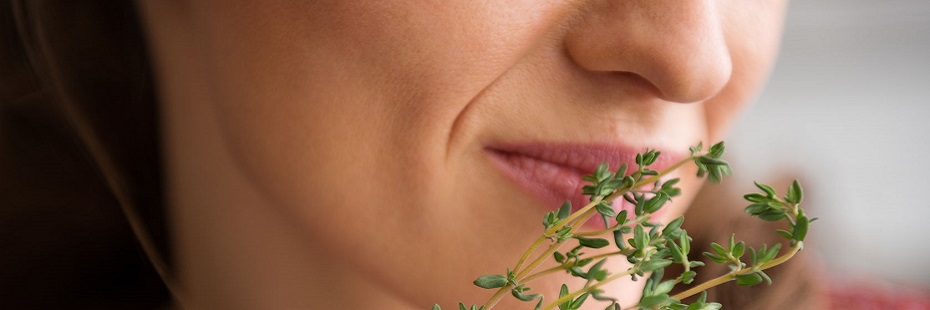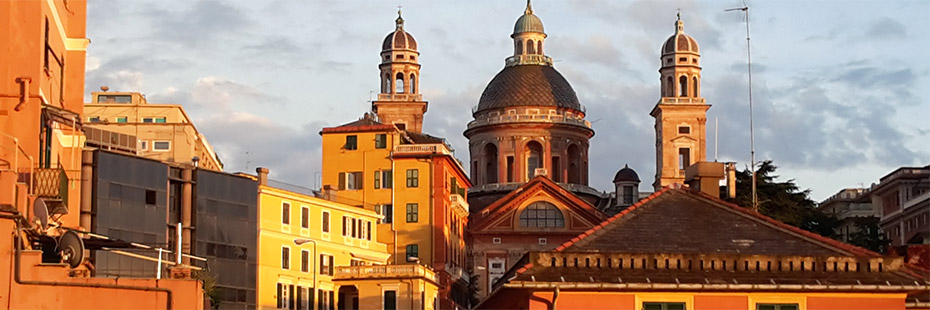La seconda isola più grande d'Italia, la Sardegna, è una terra ancestrale, con spiagge meravigliose, tradizioni e ricette antichissime, e particolari costruzioni preistoriche: i nuraghi.
Conosci la Sardegna? Hai mai visto un nuraghe?
Scorri la pagina per proseguire l'attività... |
Italy's second largest island, Sardinia, is an ancestral land with wonderful beaches, ancient traditions and recipes, and special prehistoric constructions: nuraghi.
Do you know Sardinia? Have you ever seen a nuraghe?
Scroll down for more of the activity... |
|---|
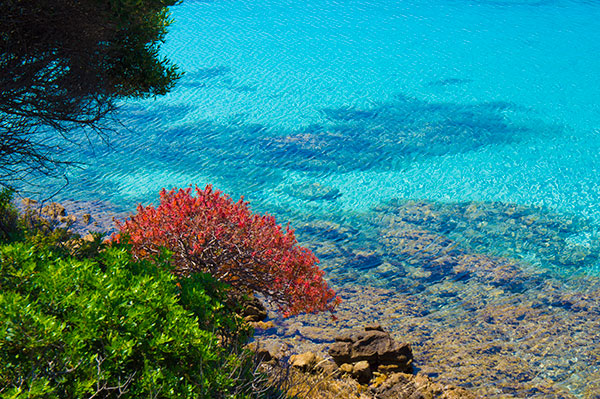
Sardinia: Asinara protected marine park
(image courtesy of Paolo Vacchina)
Share this activity:
Chiamata dagli antichi greci "Ichnusa" (= orma) o Sandàlion (= sandalo) perché ricorda l'impronta di un piede stampato nel centro del Mediterraneo, la Sardegna è una terra speciale, sinonimo di ancestralità, preistoria, mistero, tradizioni e bellezza.
Specializzata da millenni nell'allevamento degli ovini, produce formaggi rinomati, mentre le coltivazioni di uva, ulivi e querce da sughero ne fanno una rinomata produttrice di vini e olio di alta qualità e una grande esportatrice di sughero.
Il corallo sardo è celebre. L'artigianato ha radici profonde con lavorazioni a mano di grande pregio.
Nel 2005 il canto tradizionale dei tenores sardi è stato dichiarato dall'UNESCO patrimonio dell'umanità, così come i nuraghi, il canto della Sibilla (un canto gregoriano in catalano eseguito la notte di Natale nella cattedrale di Alghero) e la "Faradda di li candareri" (una festa tradizionale della città di Sassari).
Alcuni sardi famosi sono: Grazia Deledda (prima donna italiana a ricevere il premio nobel per la letteratura), Eleonora d'Arborea, Antonio Gramsci, Emilio Lussu, Giuseppe Dessì, Enrico Berlinguer, Sebastiano Satta, Amedeo Nazzari, Maria Carta, Antonio Marras, Paolo Fresu... |
Called by the ancient Greeks "Ichnusa" (= footprint) or Sandàlion (= sandal) because it recalls the imprint of a foot in the center of the Mediterranean, Sardinia is a special land, synonymous with ancestrality, prehistory, mystery, traditions and beauty.
Specialized for thousands of years in sheep breeding, it produces renowned cheeses, while the cultivation of grapes, olive trees and cork oaks make it a renowned producer of high quality wines and oil, and a major exporter of cork.
Sardinian coral is famous. Handicraft is ancient, with highly valuable handmade works.
In 2005 the traditional singing of the Sardinian tenores was declared world heritage by UNESCO, as were the nuraghi, the singing of the Sibilla (a Gregorian chant in Catalan performed on Christmas night in the cathedral of Alghero) and the "Faradda di li candareri" (a traditional festival of the city of Sassari).
Some famous Sardinians are: Grazia Deledda (first Italian woman to receive the Nobel Prize for Literature), Eleonora d'Arborea, Antonio Gramsci, Emilio Lussu, Giuseppe Dessì, Enrico Berlinguer, Sebastiano Satta, Amedeo Nazzari, Maria Carta, Antonio Marras, Paolo Fresu... |
|---|

Map of the Italian regions. Can you spot Sardegna?
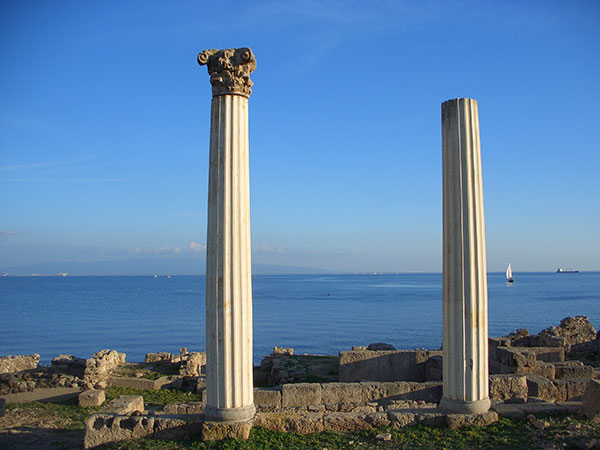
Tharros archeological site
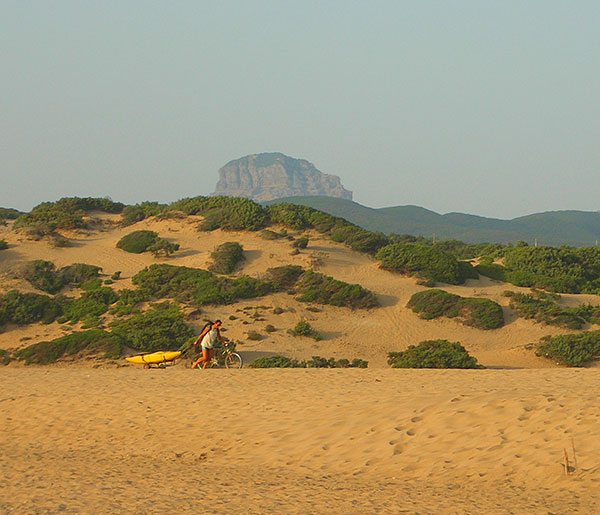
Piscinas (highest dunes in Europe)
(image courtesy of Paolo Vacchina)
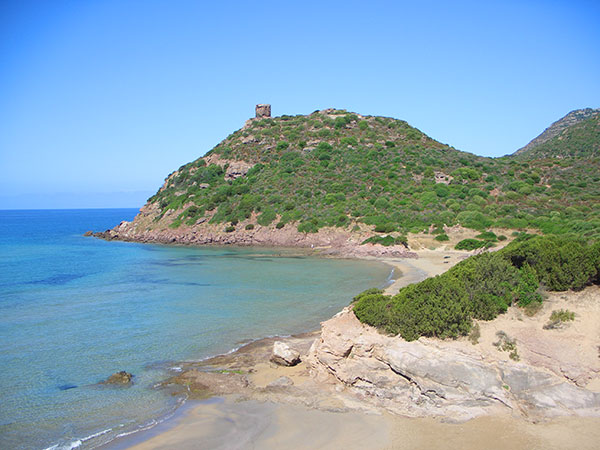
Porto Ferro
(image courtesy of Paolo Vacchina)

Asinara protected marine park
(image courtesy of Paolo Vacchina)

Nuraghe Barumini interior
(image courtesy of Paolo Vacchina)
A quick tour of Sardinian beaches:
This video is additional reference material and is not property of CyberItalian.
Should you have any problem viewing it, please
notify us.
Thank you for your patience and collaboration!
A quick tour of Sardinian nuraghi:
This video is additional reference material and is not property of CyberItalian.
Should you have any problem viewing it, please
notify us.
Thank you for your patience and collaboration!
La Sardegna è famosa per molti cibi prelibati fra cui pani di tipi diversi (pane carasau, pane guttiau, pistoccu...), pasta fatta in casa (malloreddus, culurgiones...), carni e formaggi (salsicce, porcetto, pecorini...), dolci tradizionali (seadas, tiricche, formagelle, papassini, pirichitti...), vini prelibati e molto altro.
Buon appetito!
Segui questa facile ricetta e prepara il pane Fratau.
RICETTA DEL PANE FRATTAU del Gambero Rosso
Tempi di preparazione: 25 minuti Difficoltà: bassa
Ingredienti per 4 persone
* 4 fogli di pane carasau [se non trovi il carasau, prova con pane secco tagliato a fettine sottili] * 1 kg di pomodori pelati * 1 spicchio di aglio * 1 pizzico di sale * 4 uova [in alcune variazioni della ricetta non usano l'uovo] * 150 g di Pecorino Sardo DOP semistagionato [se non trovi questo formaggio, usa il parmigiano] * sale qb * pepe qb [non è nella ricetta tradizionale] * 1 filo d'olio * 1 lt di brodo [tradizionalmente si usa brodo di pecora]
Vedi il video seguente: |
Sardinia is famous for many delicious foods including different types of bread (pane carasau, pane guttiau, pistoccu...), homemade pasta (malloreddus, culurgiones...), meats and cheeses (sausages, suckling pig, pecorino cheese. ..), traditional desserts (seadas, tiracche, formagelle, papassini, pirichitti...), delicious wines and much more.
Enjoy your meal!
Follow this easy recipe and prepare Fratau bread.
FRATTAU BREAD RECIPE by Gambero Rosso
Preparation time: 25 minutes Difficulty: low
Ingredients for 4 people
* 4 sheets of carasau bread [if you can't find carasau, try dry bread cut into thin slices] * 1 kg of peeled tomatoes * 1 clove of garlic * 1 pinch of salt * 4 eggs [in some variations of the recipe they do not use egg] * 150 g of semi-mature Pecorino Sardo DOP [if you can't find this cheese, use parmesan] * salt to taste * pepper to taste [this is not in the traditional recipe] * 1 drizzle of oil * 1 liter of broth [traditionally sheep broth is used]
Watch the following video. |
|---|
Pane Frattau recipe:
This video is additional reference material and is not property of CyberItalian.
Should you have any problem viewing it, please
notify us.
Thank you for your patience and collaboration!
Potrebbero interessarti anche:
Eleonora d'Arborea e la storia d'Italia |
You might also be interested in:
|
|---|
13 Maggio 2025


